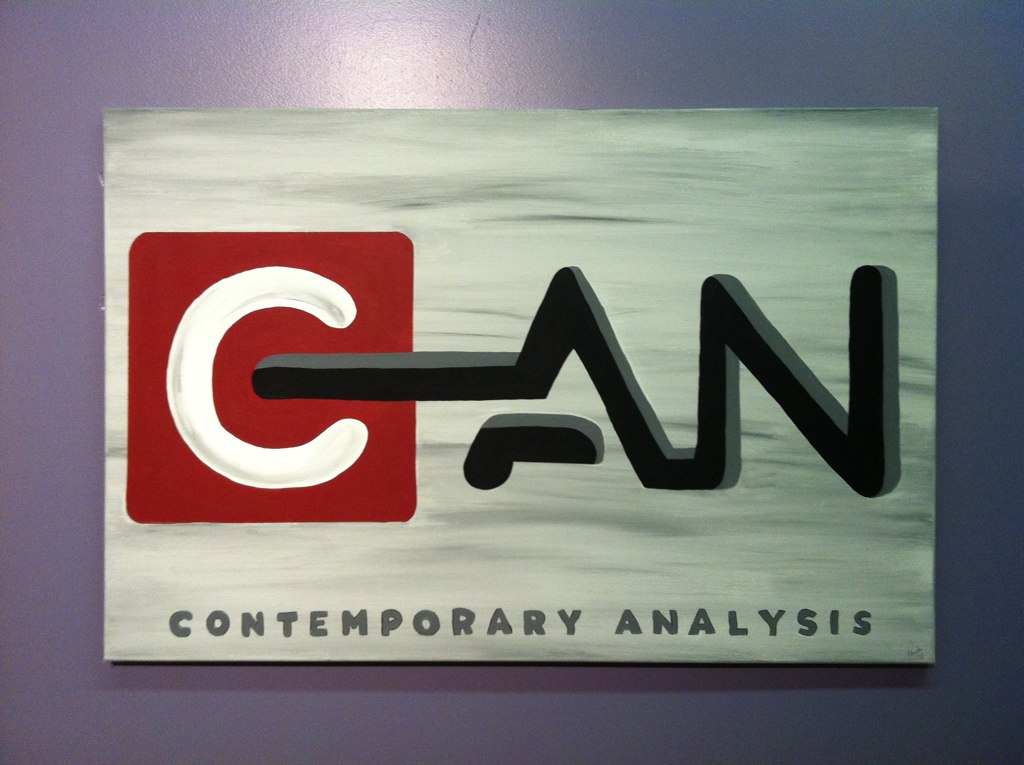This post is part of a series of interviews with experts in business intelligence, sales...
News
read more
A Tour of Contemporary Analysis HQ
Since we started January 2008, Contemporary Analysis has moved headquarters 8 times. We...
Don't Just Count, Measure
The United States faces a shortage of 140,000 to 190,000 people with deep analytical...
Contemporary Analysis: Focusing New Salespeople
New salespeople often struggle to focus on the right opportunities, and this often keeps...
Simple Science vs. Complex Science
Science is the systematic study of a phenomenon that...
Make Employee Feedback Believable
This post is part of a series of interviews with experts in business intelligence, sales...
Focus on the Business Question, not the Technology
This post is part of a series of interviews with experts in business intelligence, sales...
Go Beyond Metrics
Often, our clients come to us believing that they already apply analytics to their...
Why I Blog for Customers Instead of Fans
I stopped blogging in November 2010 after almost a year of daily updates because I...

